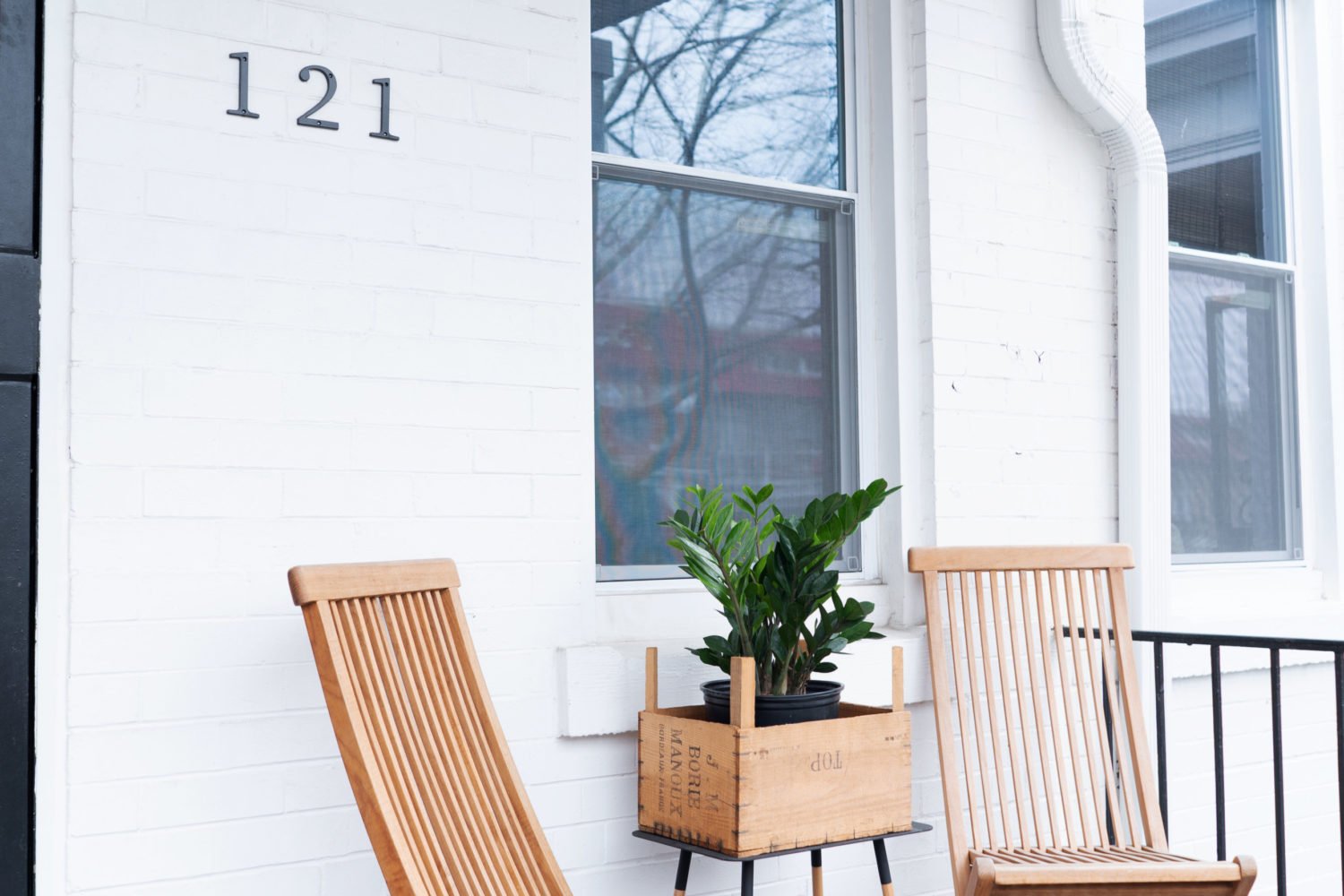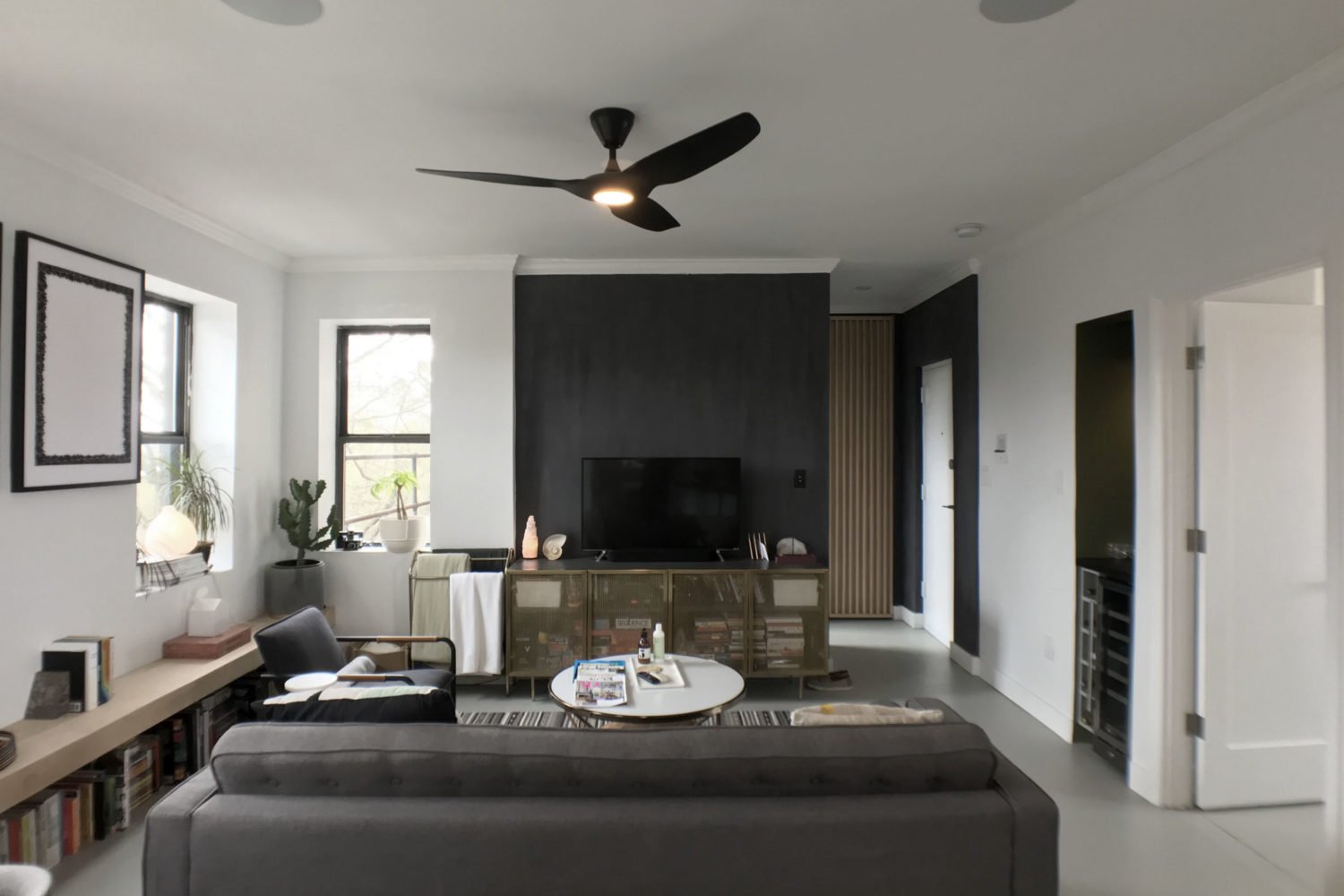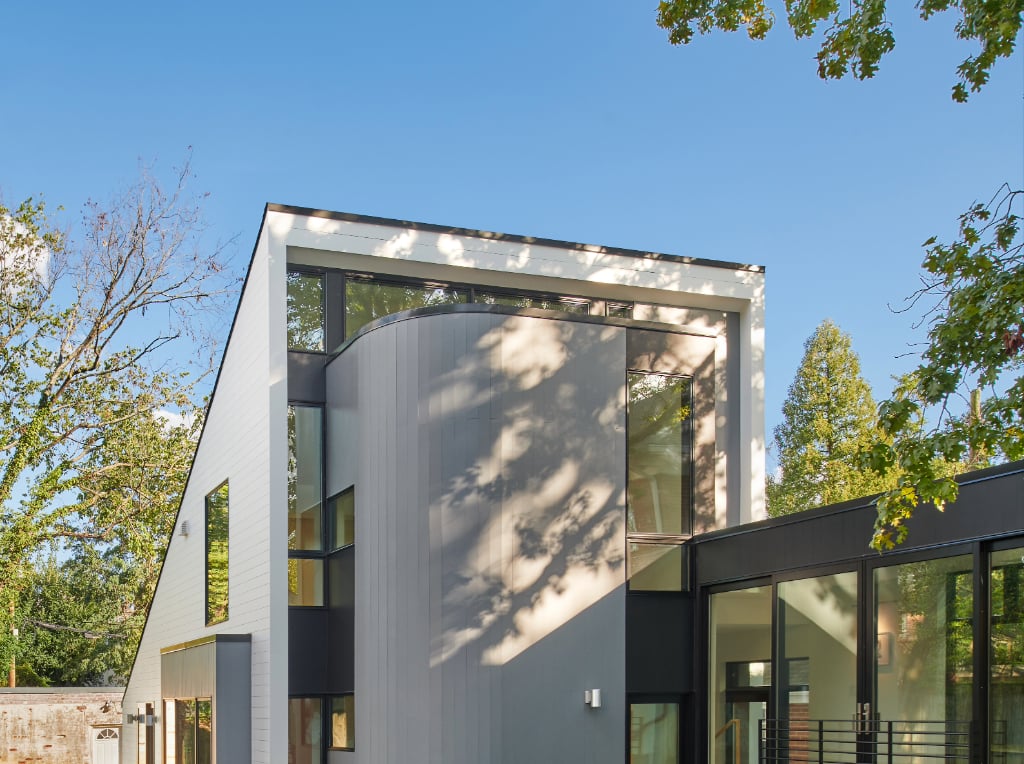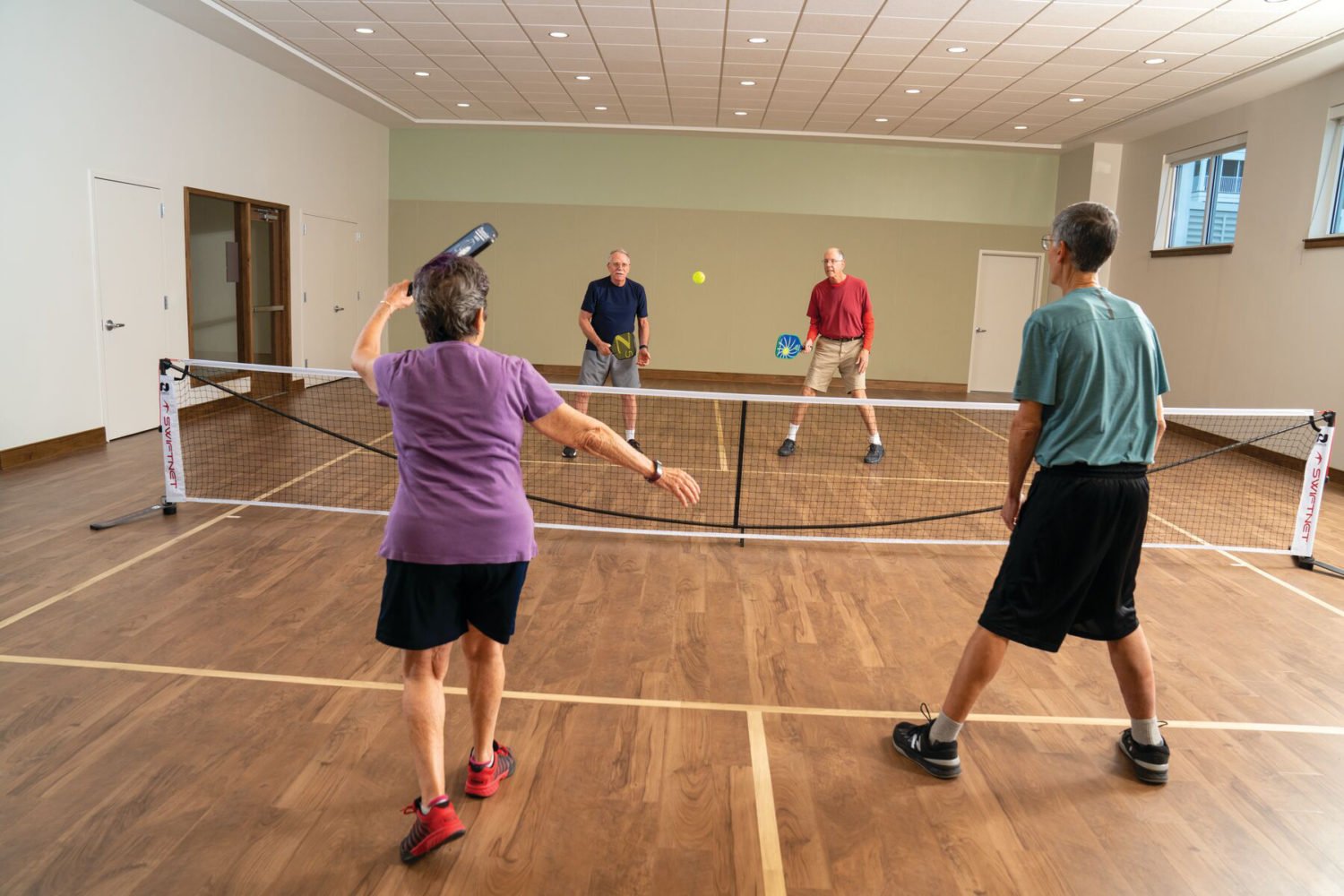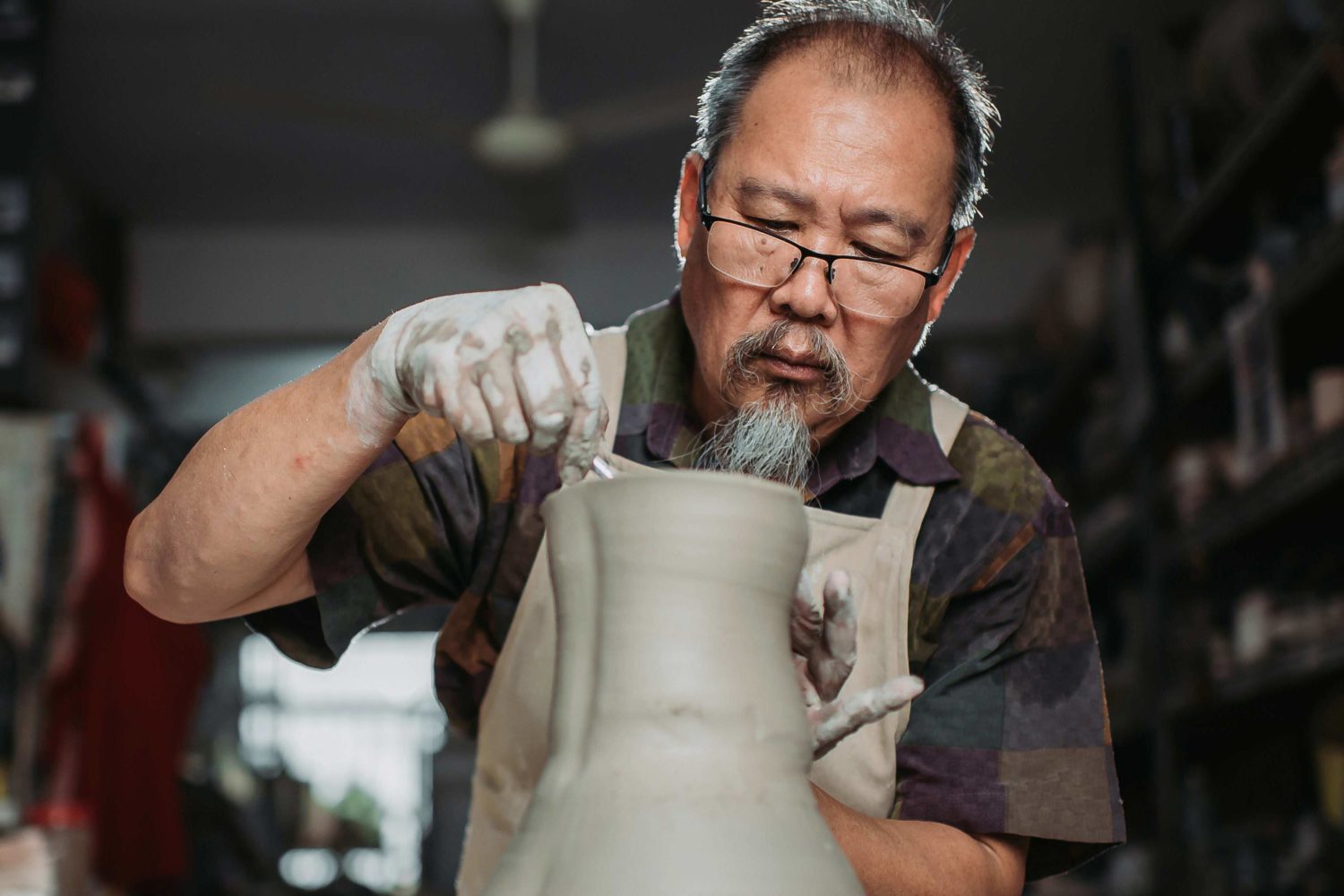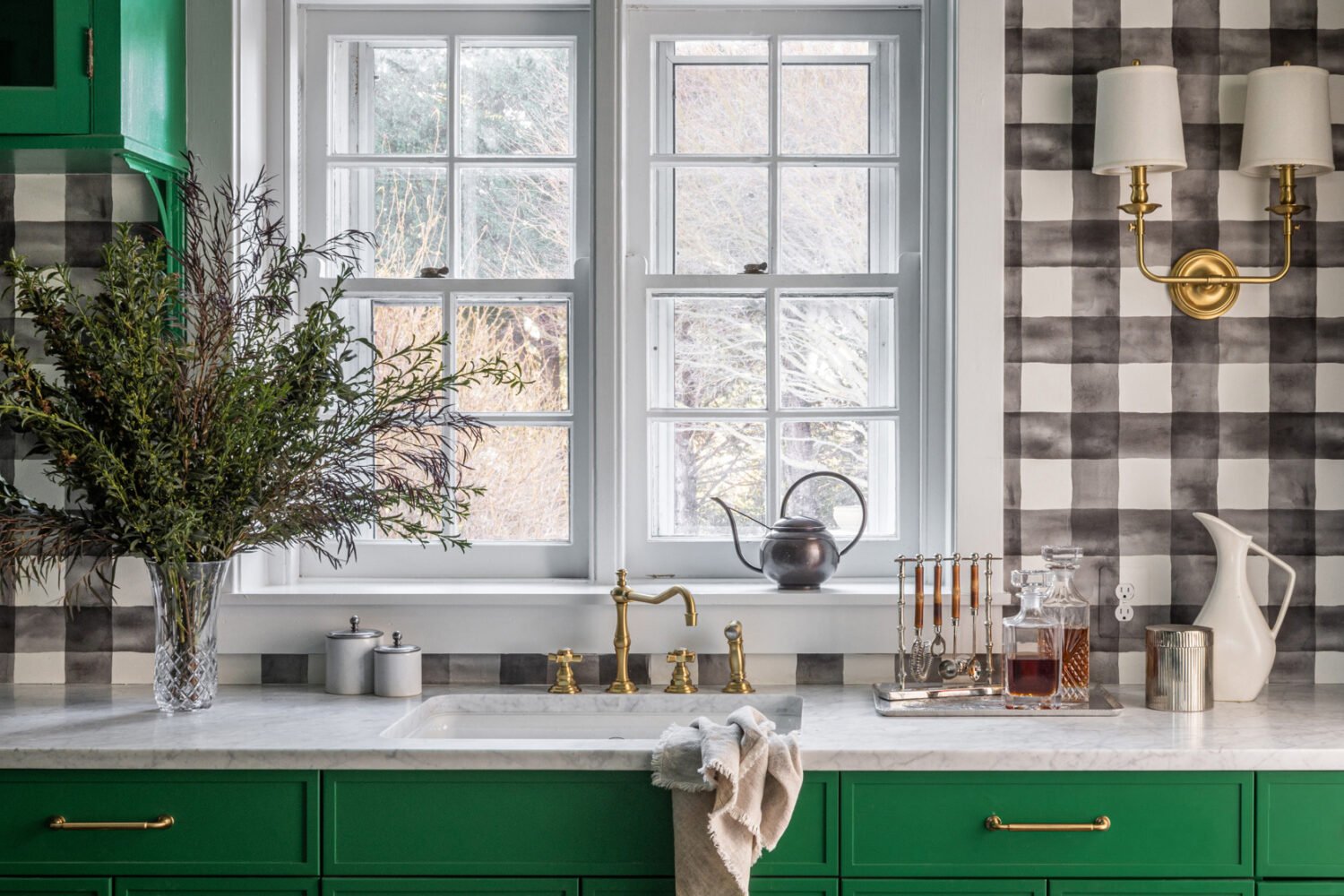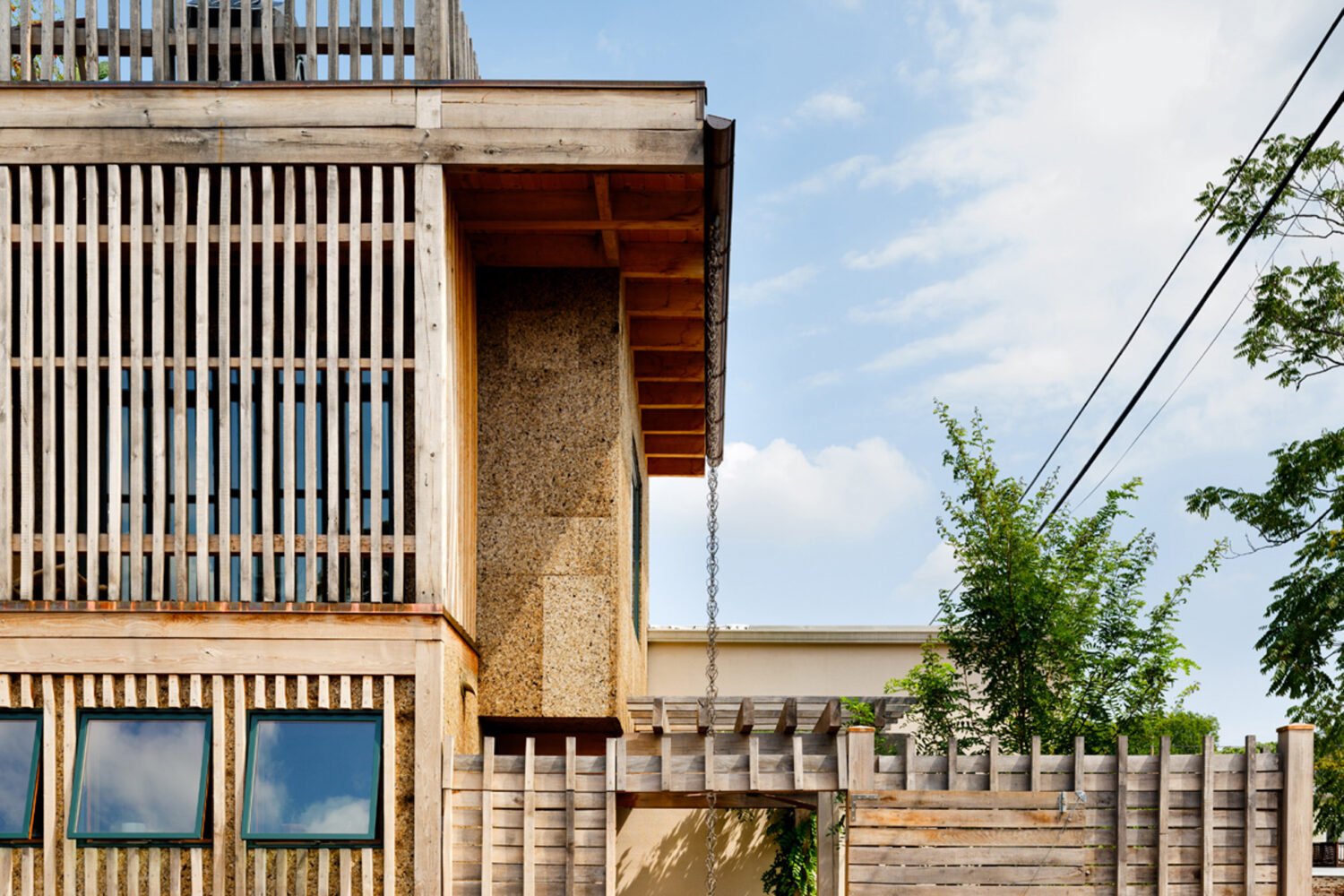It was the spiral staircase that prompted Pender McCarter to reconsider his situation.
“I’d lived in my 600-square-foot condo in Dupont Circle for 35 years and loved the spiral staircase, but when I turned 75, I realized that I needed to rethink my living arrangements,” says McCarter, a retired public-relations executive. So last year he moved into a one-level, two-bedroom co-op in Dupont Circle that has a 24-hour front desk and access to cleaning services—helpful for an older person who lives alone.
Before McCarter made his move, he also looked at traditional retirement communities; cohousing communities; and “life plan” communities, which contain independent living, assisted living, skilled-nursing centers, and memory care in one development.
“In the end, I chose to age in place because I didn’t want to leave my neighborhood,” says McCarter. “I like the idea of being surrounded by people of all ages.”
Like many older adults, McCarter watched senior communities go on lockdown during the pandemic and realized that in the future he’d rather have the freedom to make his own choices about socializing.
He’s not alone: Occupancy rates for senior housing—including independent living, assisted living, and memory care—dipped from 87 percent before Covid to 78 percent in 2021’s first quarter, according to the National Investment Center for Seniors Housing and Care. Over the past year, occupancy rates have started rising—they were at 83 percent during 2022’s fourth quarter—but still remain below pre-pandemic levels.
Aging in Place, but Not Alone
McCarter has substituted the support one might find at traditional senior housing with Dupont Circle Village, one of 13 similar groups in the DC area, according to executive director Eva Lucero.
The first “village” started about 21 years ago in Boston’s Beacon Hill neighborhood, when a group of neighbors established a nonprofit to support one another as they aged in place. “Members want to remain in their homes rather than move into a retirement community, and recognize that they need a little help,” Lucero says.
Today there are nearly 300 such groups nationwide. Dupont Circle Village, which has been around for 14 years, has about 275 members who live in Adams Morgan, Kalorama, and Dupont, and the group saw an increase in membership during the pandemic, says Lucero. Most members are between 55 and 95, with the bulk in their mid-to-late seventies. Annual membership is $400, but there are sliding-scale subsidies, so some members don’t pay anything.
Like standard retirement communities, the group hosts social events such as yoga classes, lectures, city outings, and ice-cream socials. Village volunteers help members with things like transportation, tech support, doctors’ appointments, and household tasks, or just spend time socializing with them. While the Village doesn’t provide medical support, its staff can connect people with caregivers and help members get funding for aging-in-place modifications.
“DC is full of single people who were never married or are widowed and whose family lives far away,” says Lucero. “Our programs prevent isolation and provide people the support they need to live in their homes longer.”
McCarter receives additional services through Goodwin Living at Home, a program of Northern Virginia’s Goodwin Living, a senior-living group that also has traditional residences. For an annual fee (which varies depending on the recipient’s age and health), he gets coordinated medical care, home visits, and access to a social worker.
Before moving to his new Dupont spot, McCarter also considered DC’s Takoma Village Cohousing. There, residents have their own apartment or home but also spend time in communal spaces dining and socializing. In addition, they prepare meals and take care of the grounds together. McCarter ultimately decided he wanted to remain where he was.
“I love staying in the city and walking everywhere,” he says. “Moving to the suburbs to a retirement community would be a big lifestyle change.”
Roomies Again
Another way to age in place without being isolated is to live with a roommate.
Trianna Downing, who is in her twenties, moved in with Ida Cook, who is in her sixties, in 2018. Downing needed summer housing; Cook wanted companionship in her American University Park house and someone to help with her dog. When Covid hit, it was a perk for each to have another person there during lockdown.
“I’m an extrovert, and it was great to have someone to hang out with who has traveled everywhere,” says Downing, who moved last spring into her own place in Columbia Heights. “We introduced each other to great music and art. We cooked and baked and did puzzles together.”
Some even take to apps to find aging-in-place roomies: Sixty-three percent of people who look for housemates through Silvernest, a national house-sharing platform for seniors, are women in their fifties and sixties, says Amy Ford, Silvernest’s DC-based vice president of strategic partnerships and business development.
“[Silvernest] helps homeowners stay in their house longer because they have someone to share some of the housing costs and maintenance,” says Ford. “Some of the homeowners want people their age, and some want younger people to live with them.”
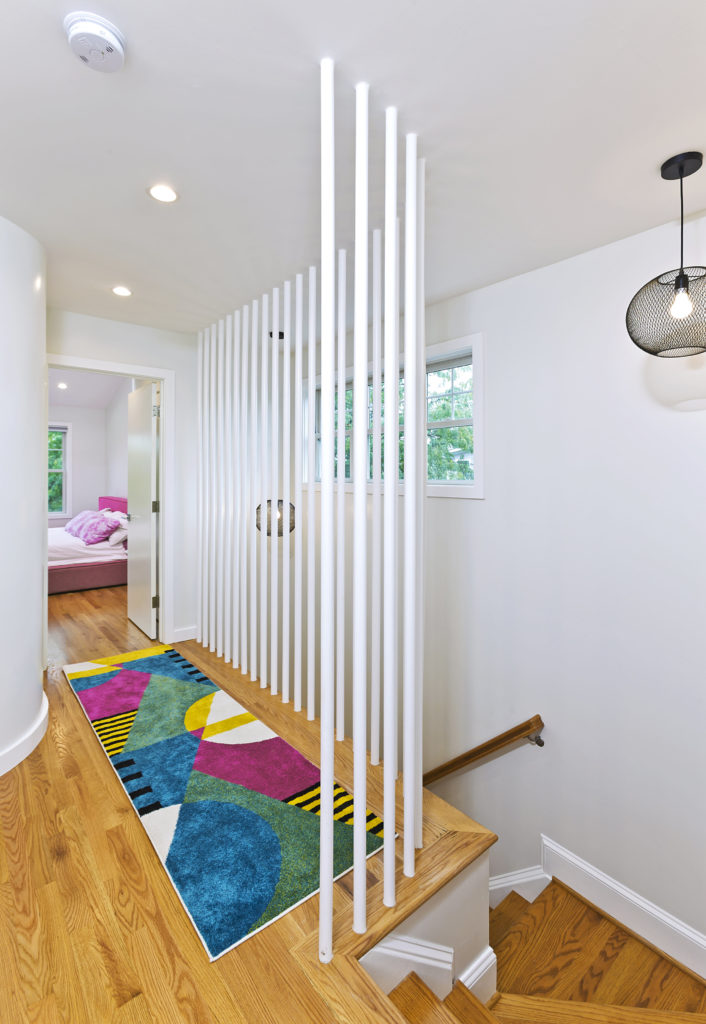
Meanwhile, other older folks opt for multigenerational living, although it often requires significant planning and sometimes a renovation. Michael Sauri, a partner with TriVistaUSA Design + Build, recently remodeled an Arlington house so a daughter, her husband, and their twins could move in with the children’s grandparents.
“The grandparents are healthy and want to help raise the twins while their parents work,” says Sauri. “Everyone is thinking ahead to when the parents may need to help the grandparents age in place.”
Renovating the attic level into a living space with two bathrooms for the younger generations cost the family about $300,000. In addition, a space was designated for an elevator to be retrofitted into the four-story house if needed.
Opting Into Senior Housing
Not everyone is deciding to age in place. Many older people still move into standard senior-living communities thanks to the care, amenities, and community they provide.
Monty and Bev Schauer’s eight-year-old granddaughter made the connection that helped them relocate from Marietta, Georgia, to Knollwood Life Plan Community in Chevy Chase DC last year.
“Our granddaughter’s friend’s grandparents were thinking about moving into Knollwood, and so we looked into it,” says Bev. “We lived in our house in Marietta for 44 years, but our children moved to DC and New York City. The pandemic gave us time to think, and we realized we wanted to move closer to our kids.”
Before relocating, the Schauers researched how Knollwood’s staff had handled the pandemic’s early days. They were happy with its safety precautions, that meals and groceries were delivered to residents’ apartments, and that social activities shifted online.
While the Schauers compared apartments and high-rises in the Washington area within walking distance of grocery stores, in the end they opted for Knollwood because of its location.
“We’re very social, and we like all the activities here,” says Monty. “We had over an acre of land in Georgia and a big garden that was getting to be too much to take care of, but you can walk from Knollwood right into Rock Creek Park. It’s like being in the woods inside the city.”
They also feel good about the built-in security of senior living. “If we need help in the future, we can stay in place and get help or transfer into assisted living, memory care, or skilled-nursing apartments,” says Bev.
The Pros and Cons
As with any housing or lifestyle change, the decision isn’t one-size-fits-all.
Some important factors that older adults should consider when planning their retirement include their finances, their health, available housing options, and access to family, friends, and medical care. In the University of Michigan’s April 2022 National Poll on Healthy Aging, 88 percent of people between 50 and 80 years old said it was very or somewhat important to them that they live at home as long as possible. However, 47 percent of those polled had given little or no thought to whether their homes needed modification to allow this.
“When we survey older adults about what they value most about where they live, they talk about the importance of familiarity with the community, their level of attachment to the neighborhood, convenience to healthcare and grocery stores, and the ability to walk outdoors,” says Caitlin Coyle, a University of Massachusetts researcher on aging who collaborates with the DC advocacy group LeadingAge. “Older adults value their sense of belonging, their habits, and their social connections.”
I chose to age in place because I didn’t want to leave my neighborhood. I like the idea of being surrounded by people of all ages.
But challenges come with aging in place.
“The biggest issue is the cost of living,” says Coyle. “Property values have gone up, and that means property taxes are up. On top of that, home maintenance and repairs can be expensive, whether you do it yourself or pay someone.”
If you need to make modifications to age in place, the costliest remodeling jobs include adding a first-floor bedroom and bathroom or an elevator, says Sauri.
“Many clients are willing to add grab bars and to widen a bathroom door to accommodate a walker, but not necessarily to spend the money to make a bathroom big enough for a wheelchair,” says Sauri. “A first-floor bedroom almost always gets crossed off the list in favor of opening the kitchen to connect with the family room.”
One solution: adding a full bathroom adjacent to a first-floor office so the space can function as a future bedroom, says Sauri. “If you add a bathroom and a bedroom or other living space, you’re increasing the value of your property,” he says. “That’s something to compare financially to moving into an expensive retirement community.”
Another potential disadvantage to aging in place is that family might be far away. “In some areas, the kids can’t afford to live in the same neighborhood [as] their parents,” Coyle says. “And relying on friends may not always work, depending on [their] age and frailty. That can lead to isolation and loneliness.”
But thanks to the growing number of options available to those aging, that doesn’t have to be the case.
Says Coyle: “People want to live independently with the freedom of knowing they have some support if needed.”
This article appears in the March 2023 issue of Washingtonian.




